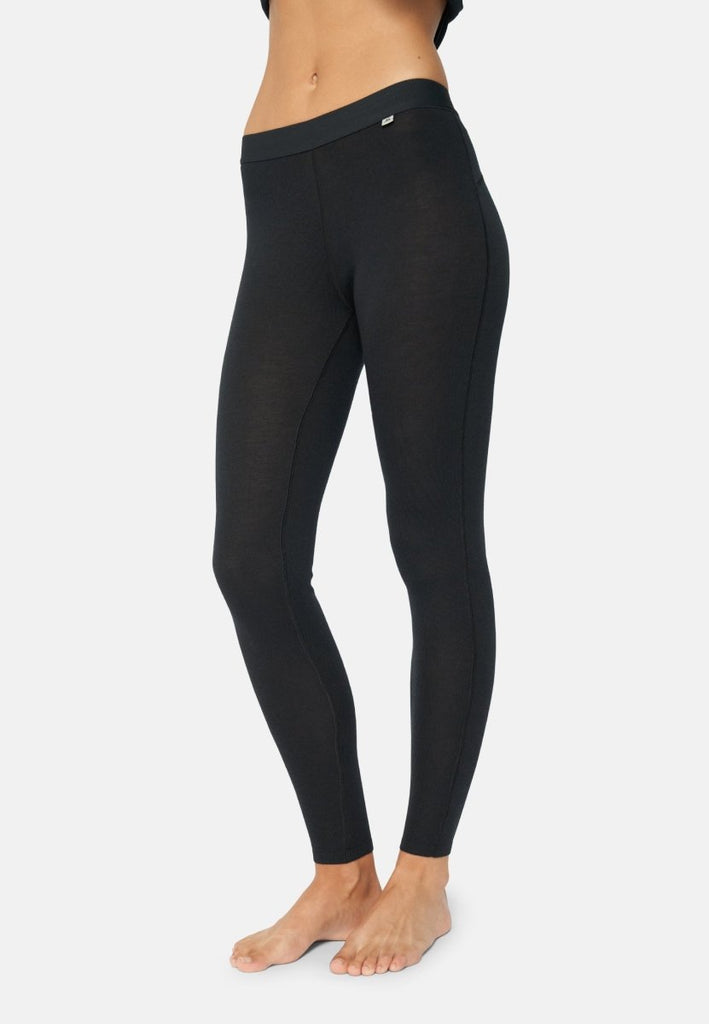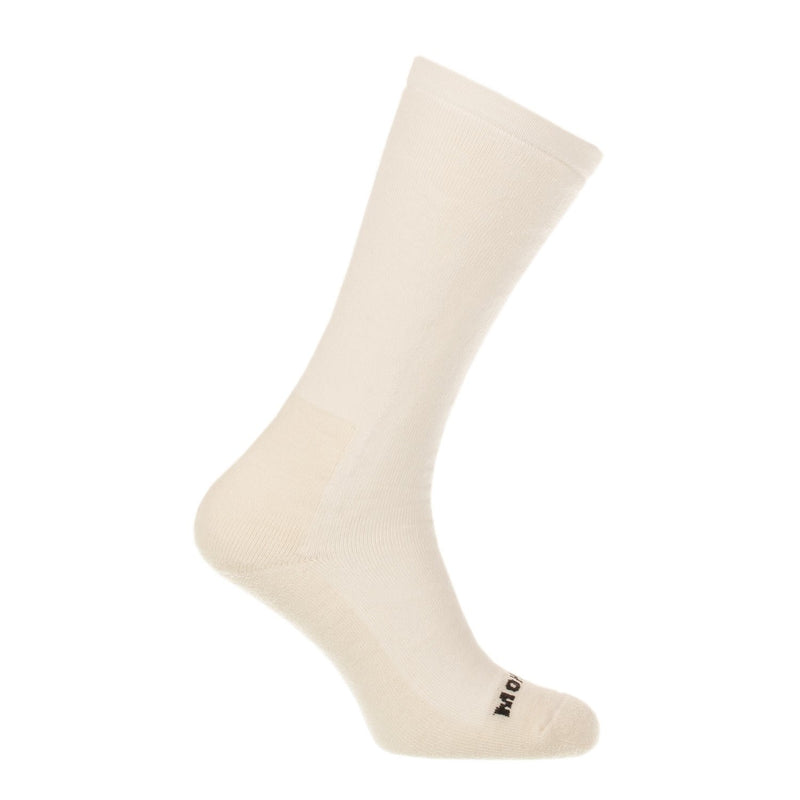Awesome Bamboo Clothing Blog
Wiki Article
What Makes Yak Merino A Good Base Layer To Wear For Winter Sportswear?
Natural fibers are a fantastic choice for a base layer in winter sports apparel, and not just because of their performance but also because of their environmental sustainability.
Merino and Yak are both natural fibers made from animals. Renewable resources can be harvested sustainably without harming the animal. These fibers can be biodegradable, without harming the natural environment.
Environmental impact is minimal
Natural fibers' production generally has a less environmental impact than synthetic materials. Wool production is less harmful to the environment than synthetic fibers as it is a less chemical-intensive process.
Energy Efficiency
Wool fibers use less energy than synthetic fibers such as nylon or polyester. Natural wool's manufacturing process uses less energy, which lowers carbon emissions.
Microplastic Pollution Reduction
Wool fibers contribute less to microplastic contamination in the water than synthetic fibers. Synthetic fibers eliminate microplastics while being washed.
Durability and Recycling
Yak-merino clothes are durable and can last for a very long period of time. Wool fibers can also be reused or recycled, further reducing the amount of waste and impact on the environment.
Sustainable Practices
Some wool producers adhere to ethical and sustainable practices. This includes ensuring animal welfare and responsible land management. They also guarantee fair labor conditions and conditions of work for the workers involved in production.
Environmental Certification-
Certifications like the Responsible Wool Standard (RWS) or the Global Organic Textile Standard (GOTS) ensure ethical and environmentally conscious methods of production of wool giving consumers confidence of sustainability.
The yak merino base layers are environmentally sustainable since they are made of renewable, natural sources and are able to incorporate sustainable and ethical practices in the supply chain. This is due to the fact that natural fibers are eco-friendly. Check out the top merino wool base layer for blog recommendations including airblaster merino ninja suit, merino long underwear, merino wool base layer pant, merino wool undershirt, warmest base layer for skiing, wool thermals mens, merino wool base layer hunting, wool base layer, merino wool base layer sale, merino wool base layer women's sale and more.

What Are The Advantages Of Bamboo Clothing With Regard To Thermal Regulation? Uv Protection. Biodegradability. Environmental Impact.
Thermal RegulationBamboo clothing comes with numerous advantages, such as biodegradability, UV protection and environmental impact.
Bamboo fabric insulation is breathable and has thermal regulating properties. It is warm even in frigid temperatures. It regulates body temperature by holding warmth when temperatures drop and allows for airflow to avoid overheating during exercise.
UV Protection
UV Resistance- Bamboo fabric gives natural protection from harmful UV radiations. The bamboo fabric can block as much as a third the UV radiation.
Biodegradability-
The bamboo clothes are environmentally friendly. They are biodegradable. They break naturally and do not pollute the environment. This reduces the amount of waste that is generated and also the environmental impact caused by the disposal of clothes.
Environmental Impact-
Sustainable - Bamboo as raw material is highly durable. It is a fast-growing tree that doesn't require chemical fertilizers and pesticides. The fast growth rate of this plant makes it a sustainable source.
Bamboo has a lower water usage than other plants. This is crucial to conservation efforts, as it reduces the pressure on the water supply.
Soil Conservation
Soil Health Bamboo farming doesn't generally deplete soil's nutrients, nor do they require excessive irrigation. This is a good thing as it improves the health of soils, and decreases the risk of detrimental agricultural practices.
Carbon Sequestration-
Carbon Absorption - Bamboo has the capacity to absorb CO2 and release it more efficiently than other species. This property is beneficial in fighting carbon emissions and climate change.
Bamboo clothing has many advantages that include thermal regulation, UV blockage, biodegradability, as well being a positive influence on the earth. This makes it an ideal option for those looking to purchase functional, sustainable clothes. These attributes are in line with environmentally conscious practices that benefit the wearer as well as for the environment. View the top rated bamboo clothing examples for website examples including bamboo cotton shirts, bamboo t shirts wholesale, bamboo button down shirts, jacket bamboo, bamboo shorts, freefly hoodie, bamboo button down shirts, bamboo tee shirts wholesale, ladies bamboo pants, bamboo fiber t shirt and more.

What Makes Merino Wool And Bamboo Clothing Different From Regular Wool?
Merino Wool, Bamboo Clothing, and Regular Wool possess distinct characteristics that make them distinct.
Merino's soft fibers are soft against your skin. It's less likely to itch or cause irritation than wool that is more traditional.
Moisture-Wicking Merino wool is a great fabric with moisture-wicking properties, pulling moisture away from the skin while allows it to evaporate, keeping the wearer dry and comfortable.
Merino wool is exceptionally warm even when it's wet. It regulates temperature and offers warmth in cold weather but also allows airflow during hot weather.
Odor Resistance- It naturally prevents the growth of bacteria responsible for odor making clothes fresher even when worn for a long time.
Bamboo Clothing-
Softness - Bamboo clothing has a soft, silky feel that is often called silk or cashmere. Bamboo clothing is soft on the skin, giving a luxurious feel.
Bamboo fabric wicks moisture and draws moisture from the skin, keeping the wearer dry.
Temperature Regulation- Bamboo clothing has natural temperature-regulating abilities, offering warmth in winter and breathability to prevent overheating.
Sustainable Bamboo - Bamboo is a fast growing plant and is free of pesticides or fertilizers. It is biodegradable, and it has minimal environmental impact.
Regular Wool
Texture- Traditional wool may vary in texture with certain types being more coarse and more prone to causing itching or discomfort.
Warmth- Regular Wool provides an excellent insulation, as well as warmth, but it can be heavy and bulky at times.
Moisture Absorption - Wool can absorb moisture, which makes it less effective at wicking moisture when compared with merino wool or bamboo fabric. Wool retains its warmth, even when it is damp.
The advantages of merino include its softness, moisture-wicking capability and resistance to odor and insulation. Bamboo clothing is soft and wicks moisture away, regulates temperatures, and is environmentally friendly. Wool is a different texture, and it may not have the same moisture-wicking properties like merino or bamboo. However, it gives warmth and insulation. Each type of material has its own advantages, and can be tailored to specific preferences and needs for winter wear. Follow the most popular merino winter clothings for site advice including airblaster merino ninja suit, wool long underwear women's, merino wool base layers, smartwool long johns, merino wool base layer sale, smartwool merino base layer, merino wool thermals, ski base layer womens, first lite merino wool base layer, wool mid layer and more.
